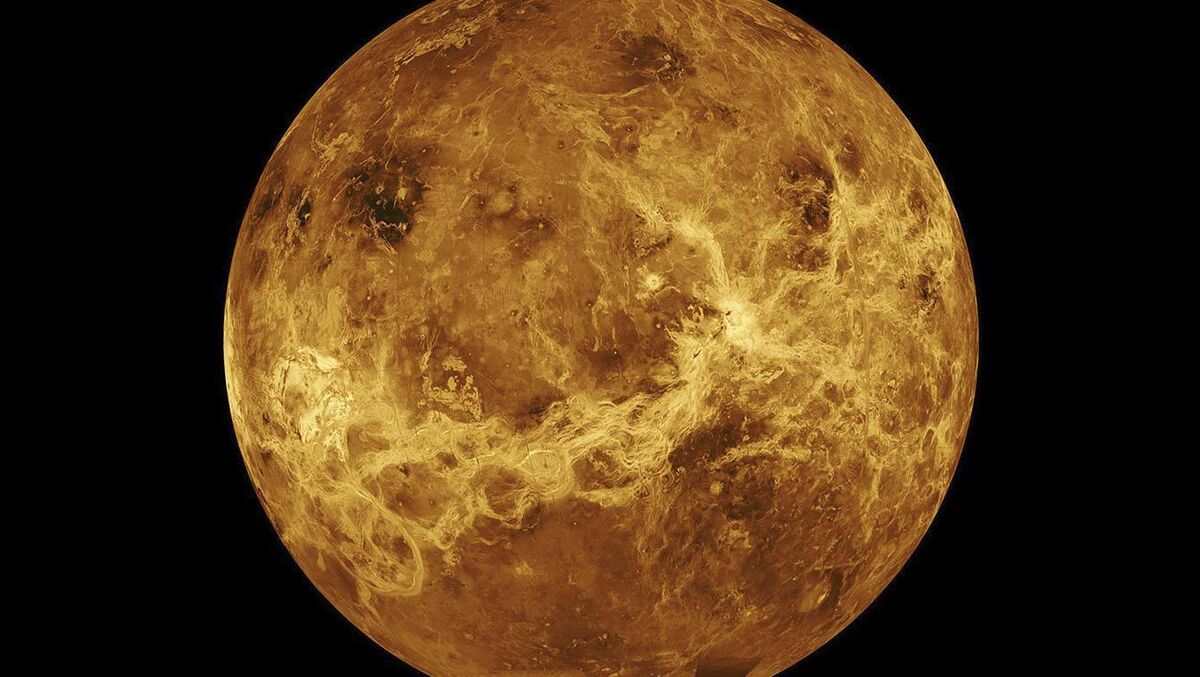Skymatters: March is a good month to catch views of the planets Venus and Jupiter

March is also a good month to catch views of the planets Venus and Jupiter which will continue to be visible throughout the month in the south after sunset.
There’s no doubting the lengthier days are nice to experience again for those of us living in the northern hemisphere. The Sun is rising higher in the sky and staying above the horizon for longer. More of its blue and yellow light is reaching us, making colours more vibrant as well as brighter.
It’s not surprising, therefore, that spring feels very different to winter. On March 20 the Sun will appear directly over the Earth’s equator making day and night equal in duration across our planet. This 'Spring Equinox' is considered to be the start of ‘astronomical spring’, while March 1 is considered to be the start of ‘meteorological spring’ — and in traditional Irish folklore spring starts on February 1.
The definitions of spring are somewhat random, simply underlining that nothing 'magic' happens on a particular day. We revert to assigning specific days to the start of seasons and giving them heightened importance as a means to address the very human need to celebrate together — in this case the increasing warmth and light which results from our planet orbiting the Sun.
March is the last month to get a really good look at the constellation of Orion. Look south from after dark and you’ll see the distinct line of three bright stars which form the belt of this mighty mythological hunter. If you follow a line from them up to the right you’ll come to a reddish star called Aldebaran in Taurus. It has a mass about the same as our Sun, but it is about 500 times brighter, more than 30 times larger in diameter and yet about 2000° Celsius cooler. While this might make it seem very different, Aldebaran actually represents something of a snapshot of what our own Sun will look like in about 4.5 billion years.

Today our Sun converts hydrogen to helium through a process we’ve mentioned before called thermonuclear fusion. But in about 4.5 billion years' time the availability of hydrogen starts to run low and the Sun’s outer layers expand and cool, changing from the yellow-ish appearance we see today to a much redder one, just like Aldebaran. These outer layers are gently ejected, passing by the Earth and on out beyond the confines of the solar system. To a distant observer this results in one of nature’s cosmic jewels — a planetary nebula. (The term is an old one from a time when astronomers thought these objects resembled planets, but we now know the two objects are not related.) To those of us much closer to the action on the Earth this is a time when the bloated Sun will incinerate everything on its surface!
March is also a good month to catch views of the planets Venus and Jupiter which will continue to be visible throughout the month in the south after sunset.
Venus is the brighter of the two, but both are much brighter than any star and so you should have little difficulty in identifying them. If you observe them night-to-night you’ll see that they get farther apart with Venus moving upwards quite rapidly while Jupiter seems to remain more static against the background stars and only slowly sinking lower as the month progresses. Around March 22-25 you’ll have some great opportunities to see the Moon weave its path between these two planets.
There are no significant meteor showers this month but given the skies still get dark relatively early and do get very dark as the evening progresses (possible light pollution where you live notwithstanding) that shouldn’t stop any of us heading outdoors and taking in the view overhead. Random meteors still happen at the rate of a few per hour, and some can be very bright. And even if you don’t see any you’re sure to notice a few satellites traversing our ever-changing sky.







